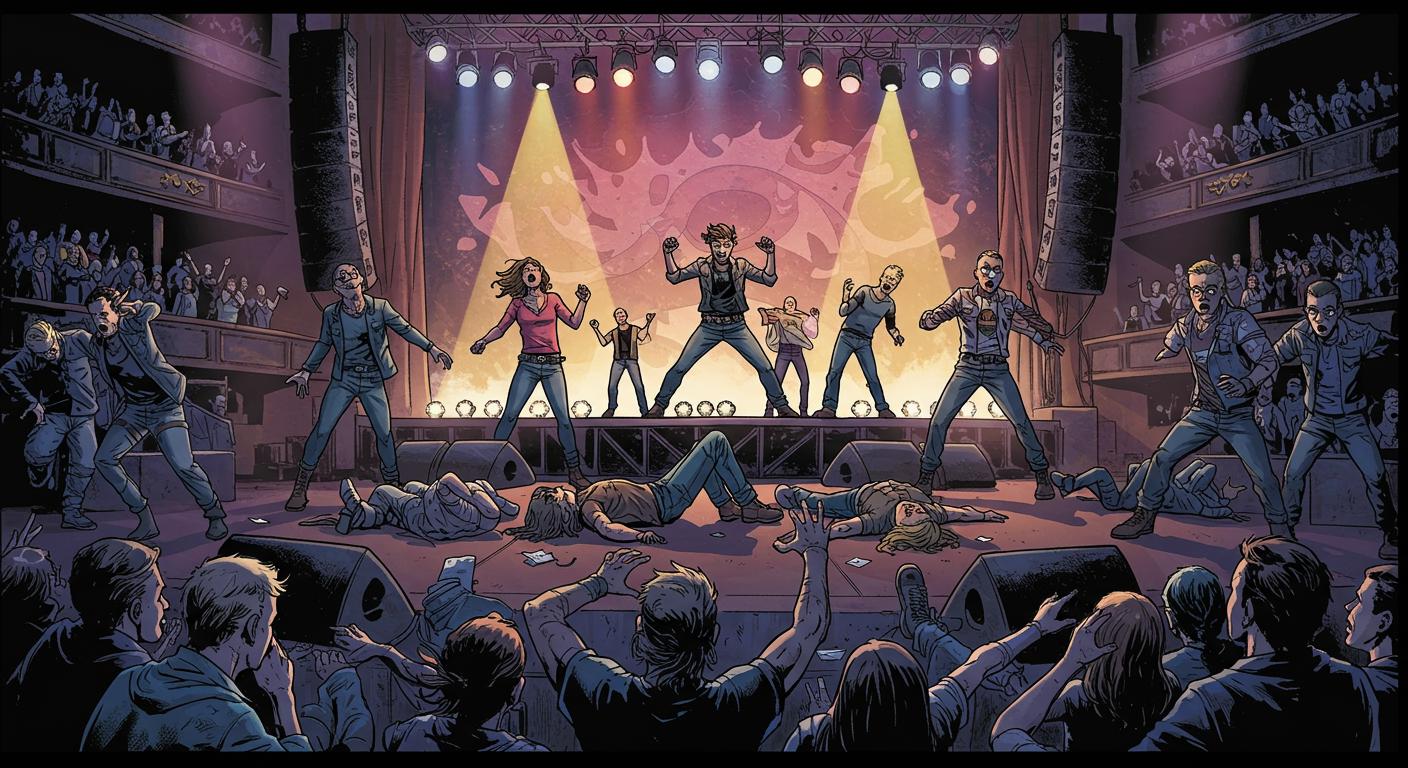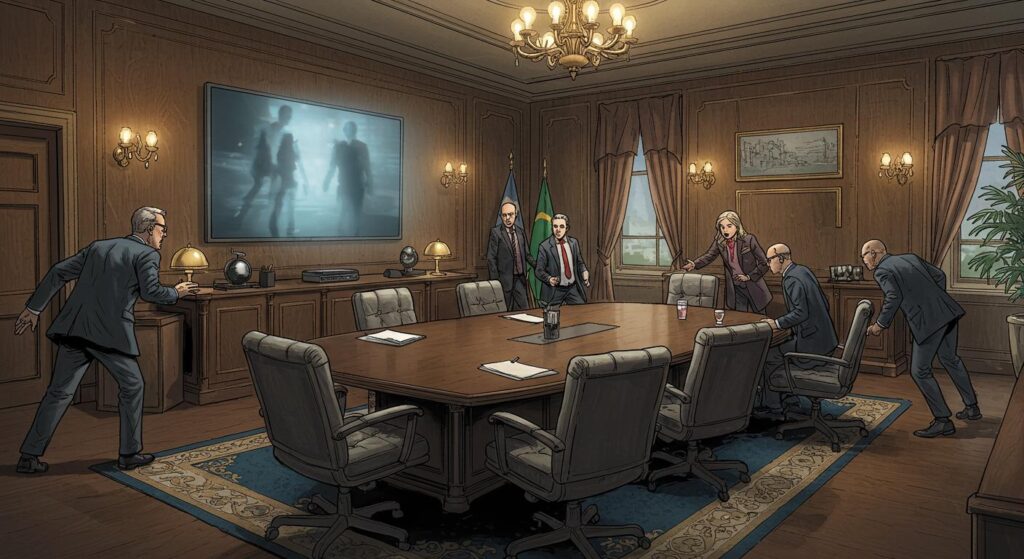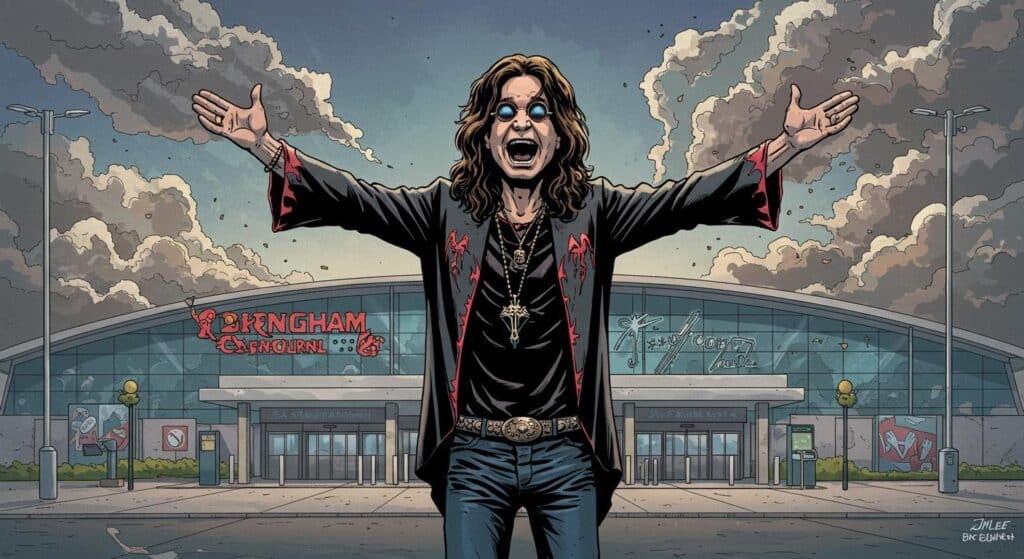If there’s a running theme in the weirder corners of the newswire, it’s that the most inexplicable events tend to unfold in the least likely places—and often in front of an eager audience. Take, for example, Tuesday night in Cambridge, Massachusetts, where a performance by a renowned French youth choir abruptly morphed into an impromptu emergency response scene. The diagnosis? Eight children experiencing seizure-like symptoms, mid-song, in the stately surrounds of St. Paul’s Parish, a stone’s throw from Harvard Yard. Sometimes the strangest mysteries happen right under the most watchful eyes.
An Unexpected Intermission
As detailed by NewsNation, the Chœur d’Enfants d’Île-de-France—a globe-trotting choir not unfamiliar with the rigors of travel—was midway through a free concert when events took a peculiar turn. One young singer reportedly fell ill; this quickly escalated into seven more children displaying what witnesses described as “seizure-like symptoms,” according to Cambridge Fire Chief Thomas Cahill, whose account was highlighted by Men’s Journal. Emergency services arrived to find the first youth already outside the church; within moments, the number had grown, resulting in all eight being transported to local hospitals.
During the commotion, several children and at least a handful of adults mentioned to responders that they noticed an unusual odor within St. Paul’s Parish. However, as Cahill explained—and as both NewsNation and Men’s Journal note—firefighters and a hazmat team were unable to detect any odd smell or hazardous gas by the time they conducted their sweep. In total, nearly eighty people were present for the concert, but according to the Cambridge fire department, only choir members appeared affected. Ultimately, all eight children were discharged after hospital evaluation; none faced life-threatening symptoms, a relief in an otherwise bewildering episode.
The (Not So) Hazardous Atmosphere
Air testing found no hazardous conditions in the building, according to NewsNation and corroborated in Times Daily’s coverage. St. Paul’s Parish was ventilated as a precaution, but authorities could not pinpoint any environmental triggers or contaminants. Most audience members were completely unaffected, a fact also underlined by Times Daily, which further notes that the children impacted were all identified as part of the performing choir rather than the general audience.
A brief note on the medical end: seizure symptoms, by the Mayo Clinic’s definition cited in NewsNation, can include confusion, jerky limb movements, loss of consciousness, or abrupt emotional changes. In this instance, officials haven’t clarified the specific symptoms observed, leaving us mainly with the “seizure-like” descriptor that, while definitely concerning, covers a fairly broad spectrum of possibilities.
Patterns—or Lack Thereof
Fire Chief Cahill called the situation “somewhat unusual,” emphasizing to local TV and Men’s Journal that what began as a single medical call quickly became a clustered emergency. As NewsNation describes, hazmat sweeps and standard crisis protocols were followed, and yet, the absence of any detectable hazardous substance is perhaps the most confounding detail of all. The Times Daily also notes that this wasn’t a mass panic: the majority of attendees remained unaffected, and the concentrated impact on choir members distinguishes this from a typical group illness incident.
It’s tempting to draw comparisons with so-called “mass psychogenic illness,” but reporting offers no clear evidence in support or refutation—just a baffling, contained event. With no environmental culprit uncovered, questions persist as to why only these particular children and not the rest of the choir or audience were struck by symptoms.
Echoes and Unanswered Questions
There’s something almost classic—in the Bureau of Strange Occurrences sense—about a puzzling malady hitting a group of visiting musicians in front of an unsuspecting crowd, only to leave no obvious trace. As Times Daily recaps, the aftermath produced no clear answers: an ephemeral odor, acute symptoms among a select few, and a swift medical response, all wrapped in ambiguity.
Perhaps what’s most intriguing here—apart from the immediate medical puzzle—are the broader, almost storybook aspects. The image of a historic choir, in an American church, suddenly silenced by a mysterious ailment seems tailor-made for retelling. Yet beneath it all lies an unembellished, resolutely contemporary weirdness: real kids, real confusion, and so far, a distinct lack of closure.
How often does a tidy answer elude us for this long—or does the real story sometimes lie in the fact that mystery lingers, even in the best-lit settings? With official inquiries promised but no findings yet, the event remains—to borrow from the archivist’s lexicon—an open file. Will a prosaic explanation emerge, or will this become one of those enduring “do you remember when” tales behind the scenes of international choir tours?
Sometimes reality offers up its own unsolvable chord, and all we can do is listen—waiting for the next verse.







